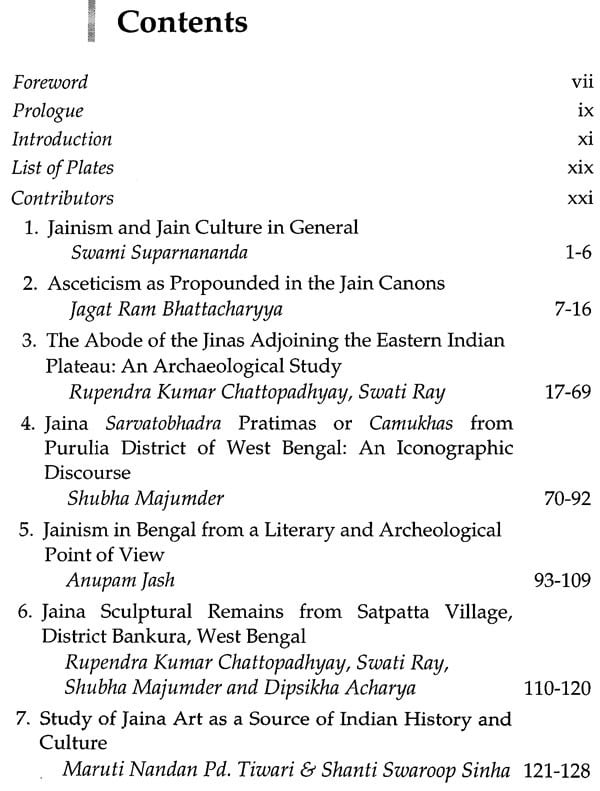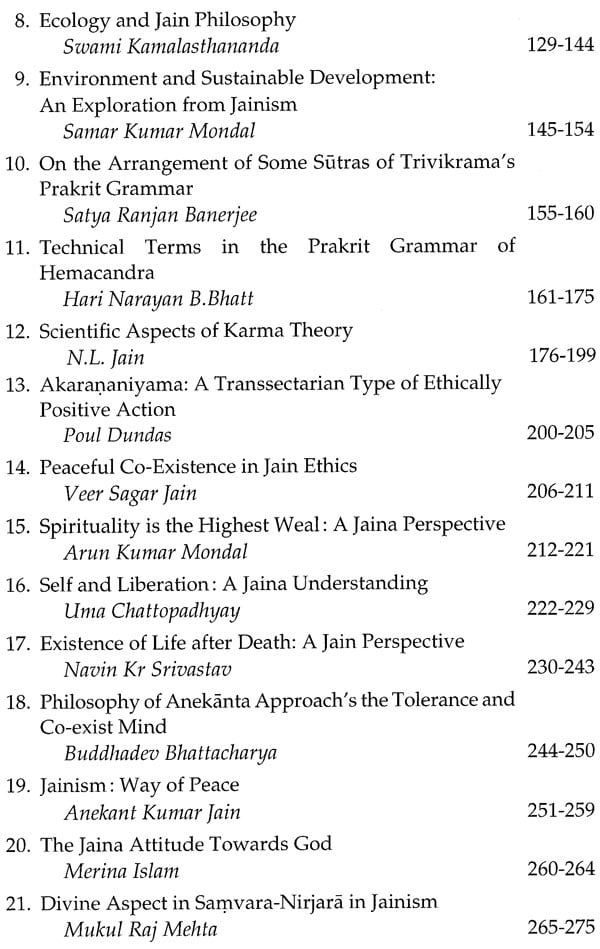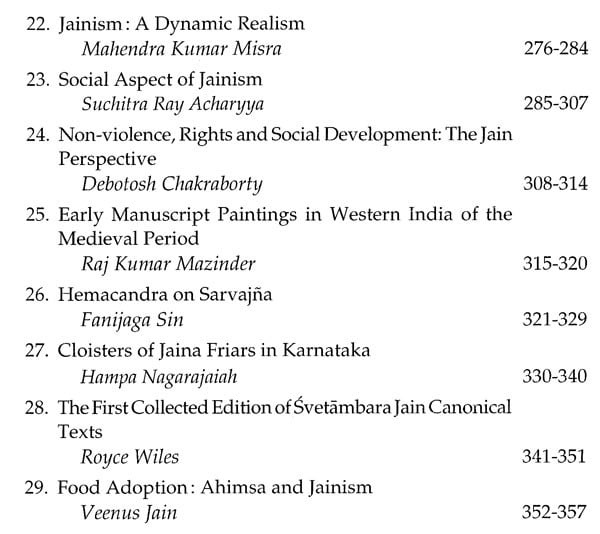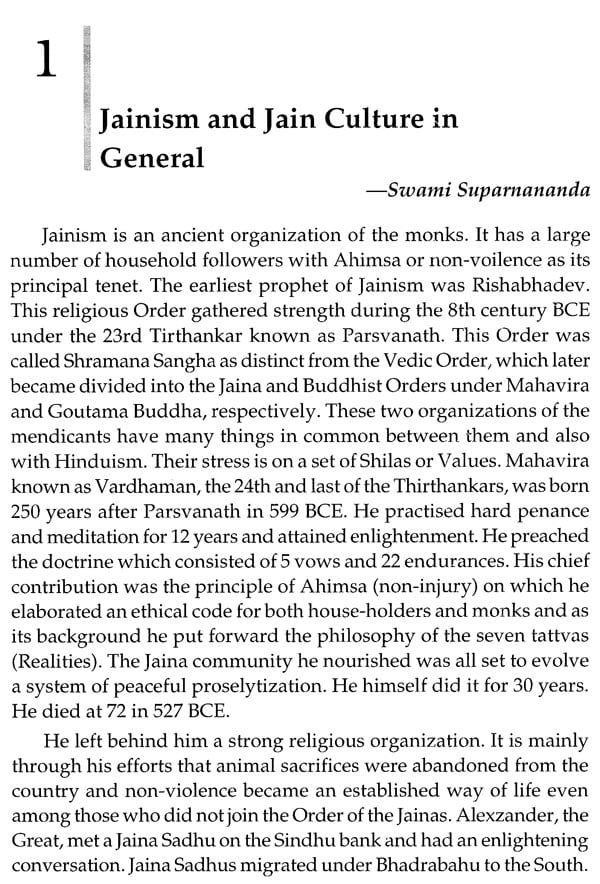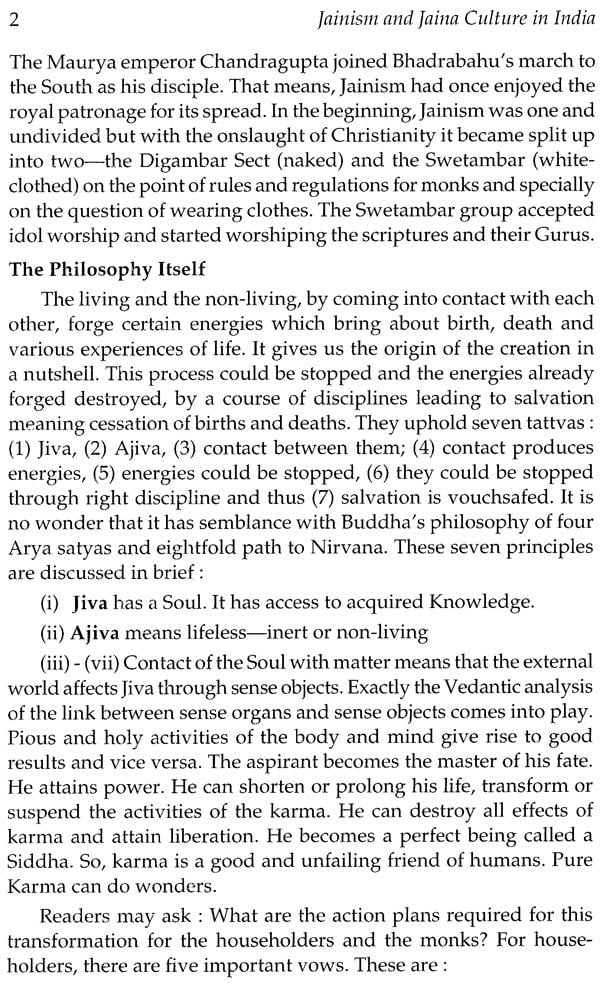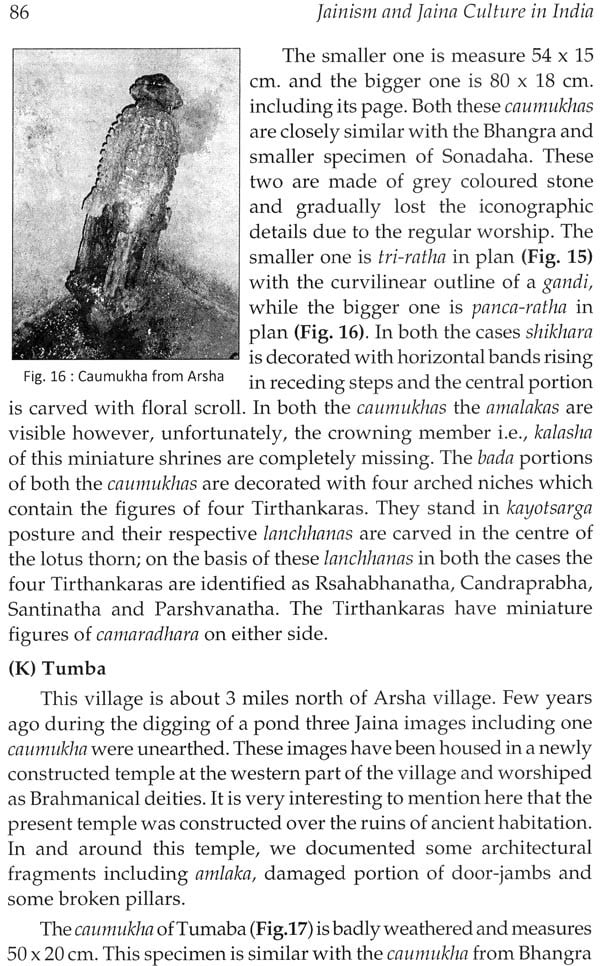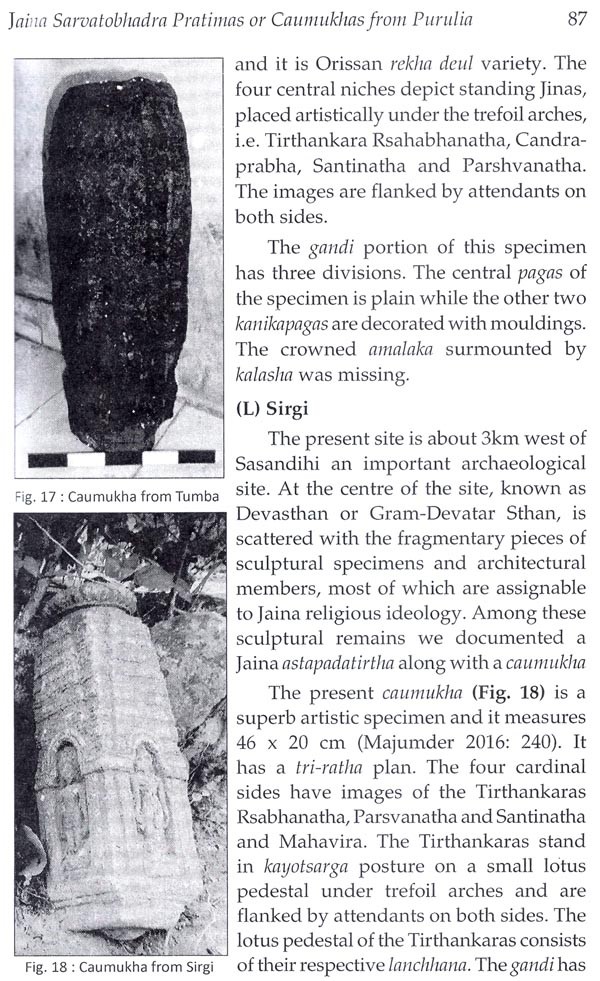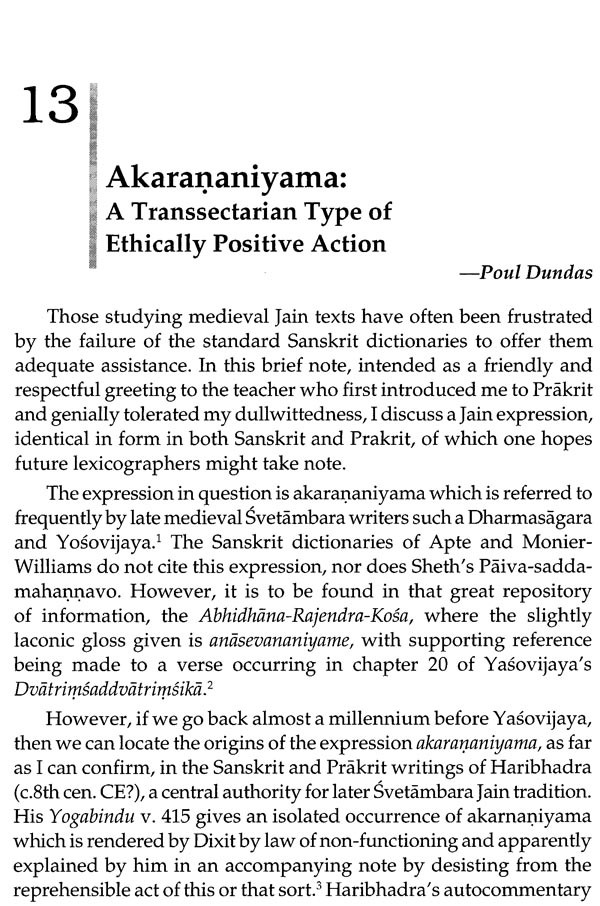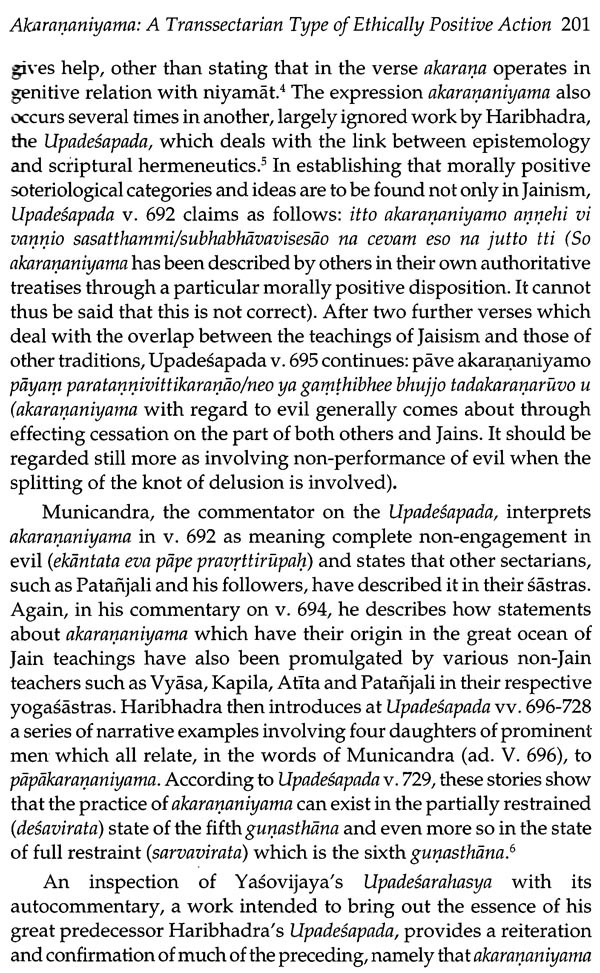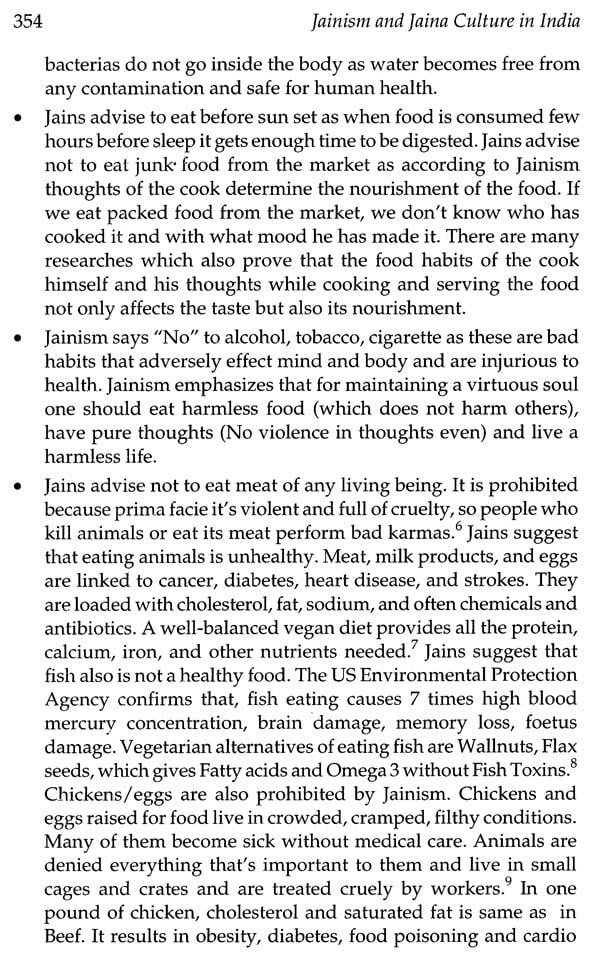About the Book The book contains twenty-nine papers contributed by eminent scholars from India and abroad to articulate on various aspects of the Jainism and Jaina Culture in India to record the results of their years of painstaking and meaningful research in a succinct and lucid manner with great objectivity and scholarly insight. Topics on Jainism and Jaina culture, concept of non-violence, antiquities and art, Jaina philosophy, existence of life after death, Jaina manuscript, painting, language and literature, food adoption and every other aspect and activities have been discussed in their true historical perspective.
This volume is a commendable work worthy of a place in every library for the use of researchers as well as general readers.
About the Author Dr. Projit Kumar Palit is working as a Professor and Director of Center for Indological Studies in the Department of History, Assam University, (A Central University), Silchar. He obtained his PhD degree from Visva Bharati University, Santiniketan. He specializes in various aspects of Art, Religion and History of North East India. He is engaged in teaching and research in these fields for the last twenty years. His various research works have been published in several journals of national and international repute.
Foreword Jainism is mainly based on the principles of non-violence, non-possession and self-control in pursuit of spiritual goals. Magadha is the holiest place for the Jainas, as the majority of the Jaina Tirthankaras were either born or passed away here. In course of time by the 10th century CE Jainism spread throughout India, the eastern part included. The Jain asceticism starts with five great vows, such as, non-violence, truth, non-stealing, non-possession and celibacy. The Acarangasutra from its very beginning advocates non-violence. It deals with earth-bodied, water-bodied, fire-bodied, air-bodied and plant-bodied souls, two sensed, three sensed and the like. After Mahavira's death, the Jain community was divided two major sects which were the 'Schvetambara' and the 'Digambaras'. This led the Schvetambaras to exclude the Digambaras from the orthodox Jain council. But both sects believe to practice the detachment, austerity and self-control which help to achieve the bondage from the world. In this view, Dr. Projit Kumar Palit, Professor & Director of Centre for Indological Studies, Department of History, Assam University, (A Central University), Silchar, Assam, is going to publish a monograph entitled "Jainism and Jaina Culture in India".
As many as thirty, eminent Professors and Scholars of different Institutions throughout India and abroad to articulate on various aspects of the Jainism and Jaina Culture of India in this book.
It is a great opportunity for me to introduce the book for great academic world. I am confident that this volume will be acknowledged by the scholars and readers in India and outside India. I congratulate the editor for his sincerity and successful efforts.
Introduction The word "Jain" derives from the Sanskrit word jina which means "victor". Any individual who has conquered all inner passions and to achieve enlightenment is called a jina. The word "Tirthankara" (Sanskrit: Tirthankara; English: literally a 'ford-maker') means in Jainism a savior and spiritual teacher of the dharma (righteous path). Jaina sramana traditions believe that Tirthankara was the founder of a tirtha which is a fordable passage across the sea of interminable births and deaths of the scans-am or world. According to Jains, a tirthankara is an individual who has conquered the samsara, the cycle of death and rebirth, on their own, and made a path for others to follow. After understanding the true nature of the self or soul, the Tirthankara attains Kevala Jnana (omniscience). Jaina people believe that Jainism is an eternal dharma with the Tirthankaras guiding every cycle of the Jaina cosmology. Their religious texts are called Agamas. According to Jaina tradition, twenty-four Tirthankara propagated Jaina dharama and Rishabhanatha was the founder Tirthankara of the Jaina dharama and last Tirthankara of the Jaina dharama was Mahavira. Among these, the last two Parsvanatha and Mahavira Tirthankara are historical personalities and the first twenty-two Tirthankara are more of legendary mythic character of gramana traditions. Mahavira was known as Vardhaman, the 24th and last of the Tirthankaras, was born 250 years after Parshvanath in 599 BCE. He practised hard penance and meditation for 12 years and attained enlightenment. He preached the doctrine which consisted of 5 vows and 22 endurances.
Book's Contents and Sample Pages
